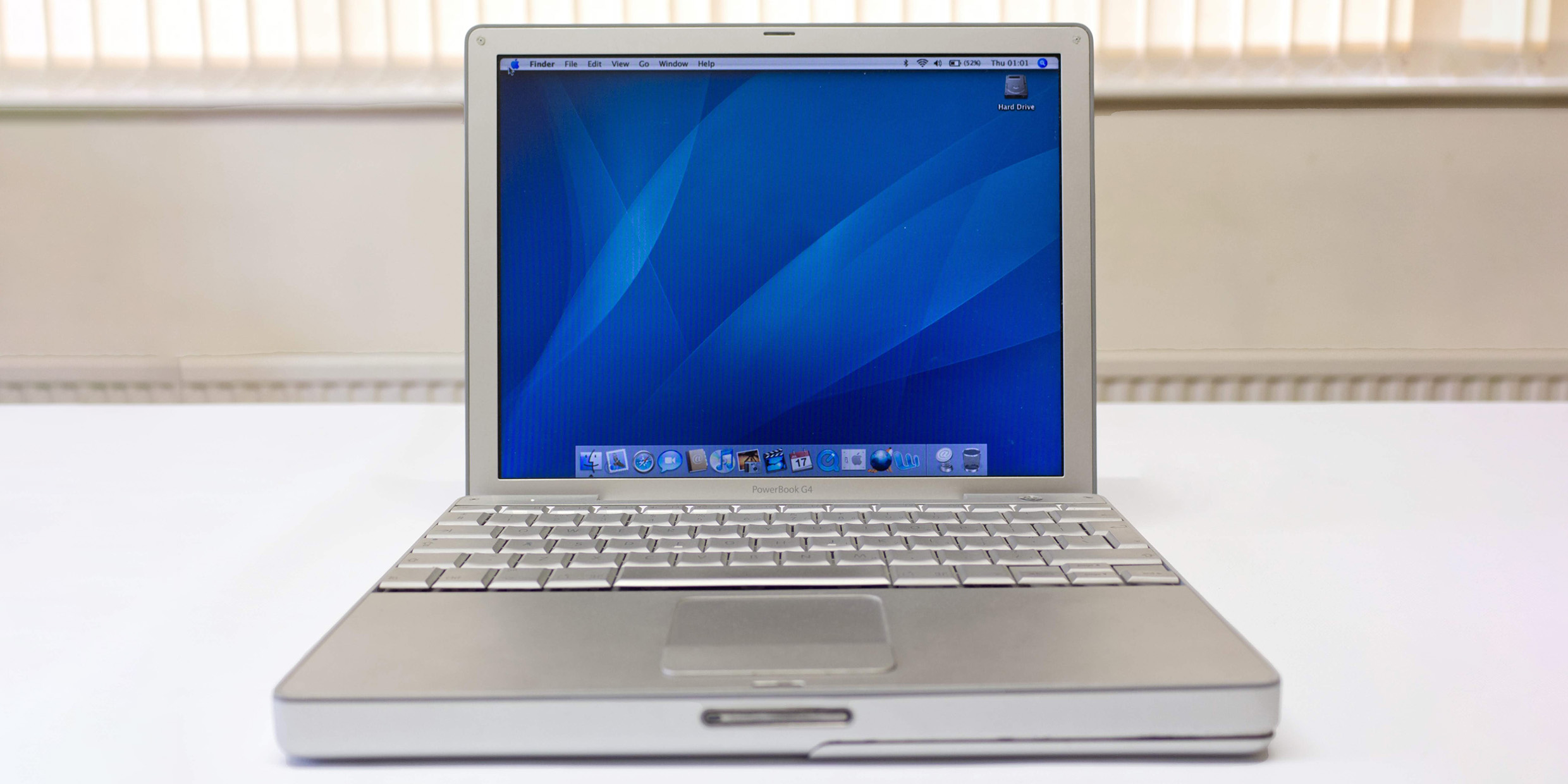Originally published 30 September 2003
OK, I’ll admit it. I didn’t need a new laptop.
My 3‑year-old “old” laptop works perfectly well. It does everything I could ask it to do.
But, you see, Apple Computer has a way of inciting my itch for conspicuous consumption. They consistently turn out products — hardware and software — that are irresistibly gorgeous, playfully ingenious. Some evil little voice at the back of my brain whispers, “You have to have it.”
And so I’m typing this column on a sleek new brushed aluminum 5.6‑pound PowerBook G4, running OS X, and packed out with iTunes, iPhoto, the Safari Web browser, and just about everything else a decadent technofreak could want. Sweet.
This thing runs so fast and so flawlessly that I wonder how I ever got along on my old machine. Call it the curse of rising expectations.
I’ve lived for 40 years in a century-old house with wood-rot in the gutters. I drive a car with squeaks and rattles. I wear clothes until they fall apart in tatters. But computers. It seems like every couple of years I have to have what’s new. And three years is an eternity.
Yes, I know. It’s a sickness. I’m doing just what Apple wants me to do. The electronic industry thrives on planned obsolescence. Every product on the market is already out of date when you take it out of the box.
It’s devious marketing, I suppose. But it’s not just that. The technology behind the products races ahead. Every year computer chips get faster and cheaper. I have a little flash-memory device, about the size of a stick of gum, that plugs into the USB port of my laptop. It holds every word I’ve ever written in my life.
I was there when it all began. I can remember when 1,000 bits of magnetic-core, random-access memory occupied a volume of space the size of a plastic CD case — 1,000 tiny magnetic doughnuts with thin wires running through them. We thought that was hot stuff. If you had told me then that I’d have a computer sitting on my lap with 3 billion bits of random-access memory, I’d have laughed in your face.
There was no such thing in those days as consumer software. We wrote our programs in ones and zeroes, and fed them into the computer on punch cards. The computers were the size of rooms and ran red hot. Banks and banks of vacuum tubes. We talked a lot in those days about “down time,” and felt lucky when the machines ran at all.
It was Apple, of course, that brought computers to the masses. It was Apple that made computers user friendly — point and click, menus, icons, the whole desktop shebang. By all rights, it should be Apple that’s running the world right now, not Microsoft. Almost every element of personal computing, hard and soft, was pioneered by Apple.
Oh, well, who said the world was just? The reason Apple was trumped by Microsoft is the same reason we diehard Apple fans are diehard Apple fans. We don’t have much of a head for business. Rather, we admire technical cleverness and beautiful design. We are artists, writers, musicians, or plain old computer geeks who know class when we see it.
And that’s why I have my new G4. It’s got nothing to do with necessity. I own this sweet little beauty precisely because it’s a sweet little beauty. The ads that enticed me to buy it are elegant, too; they let the product speak for itself. And even the packaging the computer came in is almost too beautiful to throw away. Those folks at Apple care about the things we Apple fans care about.
So, conspicuous consumption here I am. I’ve indulged my vice. I’ve ignored the voice of prudence. As I sit here typing on my new G4, I’m grinning ear to ear. My heart is beating in time with the shiny aluminum box — 500 billion beats per second. If that makes me a crass materialist, so be it. This is materialism at its best.



